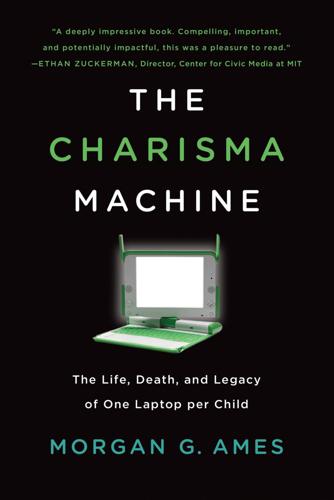Mary Lou Jepsen
description: technical executive and inventor in the fields of display, imaging, and computer hardware. Her contributions have had worldwide adoption in head-mounted display, HDTV, laptop computers, and projector products
3 results

The Future Is Faster Than You Think: How Converging Technologies Are Transforming Business, Industries, and Our Lives
by
Peter H. Diamandis
and
Steven Kotler
Published 28 Jan 2020
Exo Imaging’s AI-enabled, cheap, handheld ultrasound 3-D imager: Exo recently emerged from stealth with a $35 million raise. Read the full press release here: https://www.businesswire.com/news/home/20190805005114/en/Exo-Imaging-Emerges-Stealth-Mode-35M-Series|. See also: https://www.exo-imaging.com/. (Author note: Peter’s VC firm is an investor.) Mary Lou Jepsen’s startup, Openwater: Mary Lou Jepsen gave a TED Talk about Openwater that you can find here: https://www.youtube.com/watch?v=awADEuv5vWY. See also: https://www.openwater.cc/about-us. (Author note: Peter’s VC firm is an investor.) Apple’s fourth-generation iWatch: Read Apple’s full press release here: https://www.apple.com/newsroom/2018/09/redesigned-apple-watch-series-4-revolutionizes-communication-fitness-and-health/.
…
The list of once multimillion-dollar medical machines now being dematerialized, demonetized, democratized, and delocalized—that is, made into portable and even wearable sensors—could fill a textbook. Consider the spectrum of possibilities. On the whiz-bang side, there’s Exo Imaging’s AI-enabled, cheap, handheld ultrasound 3-D imager—meaning you will soon be able to track anything from wound healing to fetus growth from the comfort of your home. Or former Google X project leader Mary Lou Jepsen’s startup, Openwater, which is using red laser holography to create a portable MRI equivalent, turning what is today a multimillion-dollar machine into a wearable consumer electronics device and giving three-quarters of the world access to medical imaging they currently lack. Yet simpler developments might be more revolutionary.

The Charisma Machine: The Life, Death, and Legacy of One Laptop Per Child
by
Morgan G. Ames
Published 19 Nov 2019
Walter Bender, a senior research scientist in the Media Lab who had taken over from Negroponte as interim executive director of the Media Lab in 2000, left that position to head up OLPC’s software development as vice president of community content (and was reportedly a “close number two” after Negroponte in OLPC’s leadership).1 Mary Lou Jepsen, whom Negroponte recruited to the project when she was interviewing for a faculty position at the Media Lab in early 2005, worked on hardware design as the project’s first chief technology officer until she left in early 2008 to found display company Pixel Qi (and was one of the few women on the team, though not often a project spokesperson).
…
The cultural change that One Laptop per Child and Paraguay Educa sought was neither effortless nor inevitable; it was instead prone to breakdown and in constant need of repair. 4 Little Toys, Media Machines, and the Limits of Charisma Kids that I know, for instance in that picture, sleep with their laptop. I mean, they’re not going to let these break, and Mary Lou Jepsen’s done a heck of a job in making them very repairable, so that 95% of the maintenance is done by the kids, actually. —Nicholas Negroponte, “OLPC Analyst Meeting” This chapter examines the kind of laptop use that OLPC leadership claimed would make the biggest difference in children’s learning: use that was initiated and directed by children themselves, not by a teacher for an assignment.

The Fourth Age: Smart Robots, Conscious Computers, and the Future of Humanity
by
Byron Reese
Published 23 Apr 2018
After a while, the person “hears” in the sense that he or she doesn’t have to step by step decode the pressure, but instead is able to do it unconsciously. Eagleman believes that eventually the deaf will hear the same way that the nondeaf hear. The rate at which we are learning about the brain is increasing. One amazing example is the work being done by the technology pioneer Mary Lou Jepsen. She has developed a system in which brain scans are taken of people while they are being shown a series of YouTube videos. A computer records their brain activity alongside what video is being shown. Then later, the test subjects are shown new videos, and the computer has to figure out what they are seeing based on their brain activity.